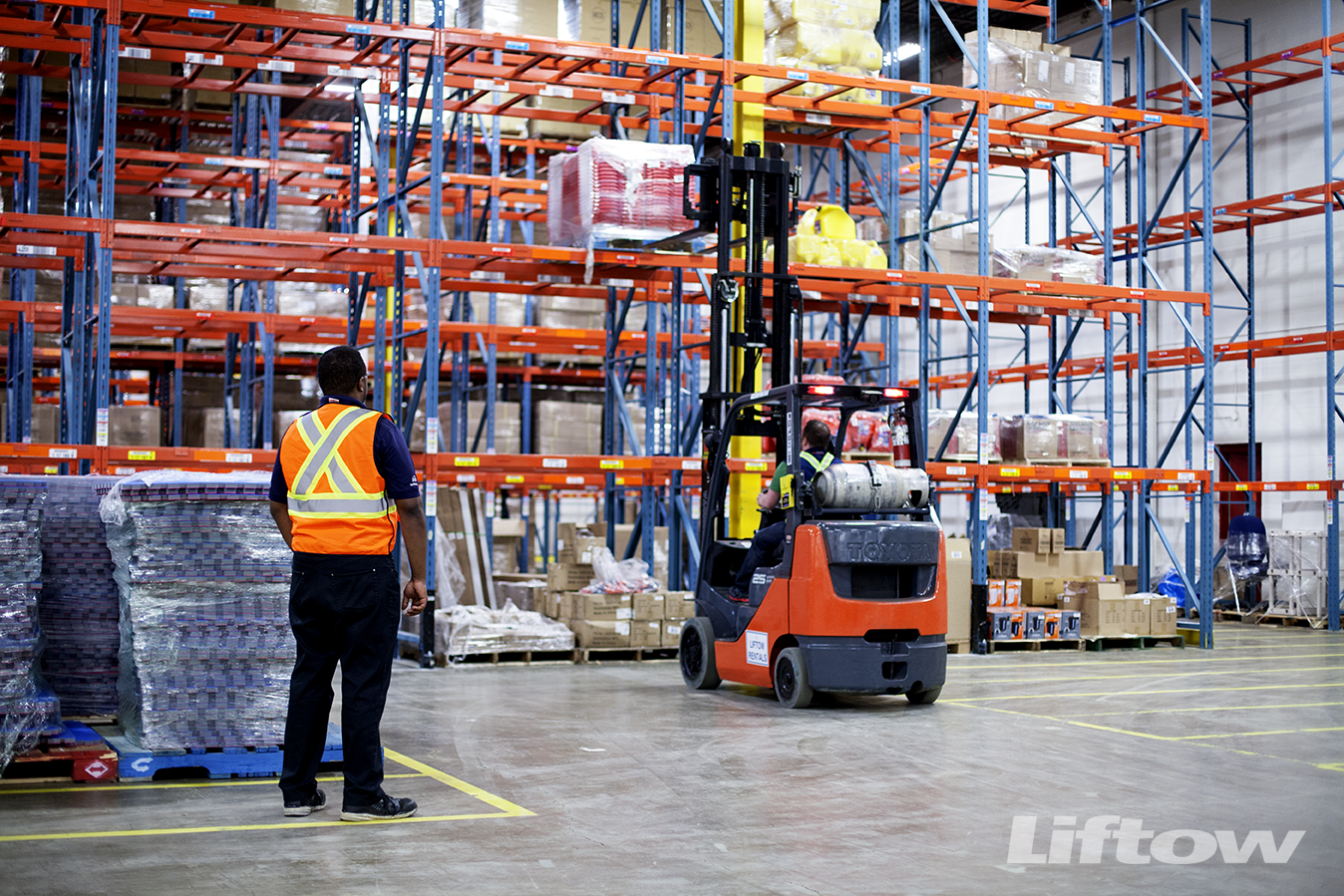
Setting Deadlines for Forklift Operators
As you conduct safety audits and make changes to your workplace layout and environment (distracting lights, ambient noise, wet floors, etc.), make sure you aren’t overlooking another key element of workplace safety: deadlines and time pressure. The attitude your employees bring to their jobs can mean the difference between safety and disaster, and often, that attitude is not a matter of personal choice. Instead, employees may feel pushed into a state of urgency and singlemindedness by the timelines that have been imposed upon them. Are these timelines realistic? Are they practical? Are they safe? If they aren’t, it’s up to you to make the necessary changes. Employees can’t be expected to protect workplace safety if doing so might cost them their jobs. Keep these considerations in mind.
Keep pathways efficient.
As they move from point A to point B, forklift operators should be provided with the straightest and most efficient path possible. If they’re obligated to work their way around hazardous obstacles, through narrow, twisting aisles, on a path that backtracks and meanders, they’ll need more time to make this journey. Make sure the actual travel time matches the allowable travel time, and if you see a disparity, rearrange the pathway. If you can’t do this, extend the deadline to reduce the pressure.
Don’t wait for employees to speak up.
Employees are typically reluctant to complain about time pressures. Instead, most workers respond to short deadlines and high demands by stepping up the pace—even if this means cutting corners and taking safety risks. Ask them when and how these deadline pressures affect them, but don’t stop there. Make sure you’re also watching closely to see what they’re doing throughout the day. At what points do they feel rushed?
Keep an eye on hazard zones.
Any area that appears to be accident prone deserves a close review. Blind corners, slick floors, areas of poor visibility and low light, and areas of high distraction should all correlate with reduced demand for speed. Not only should employees be permitted to travel slowly in these areas, they should be required to. Post clear warnings and signs that encourage or require elevated caution and a reduced rate of speed.
Check data on deadlines and timelines.
Are you pushing your employees to the limit for no actual reason? Are you encouraging them to race through their tasks with very little potential return for your bottom line? Before you set any speed standard or assign any task that may impact employee safety, make sure the results are worth the risk; they may not be.
For more on how to set a pace that protects your employees while still encouraging speed, accuracy and efficiency, reach out to the team at Liftow.

